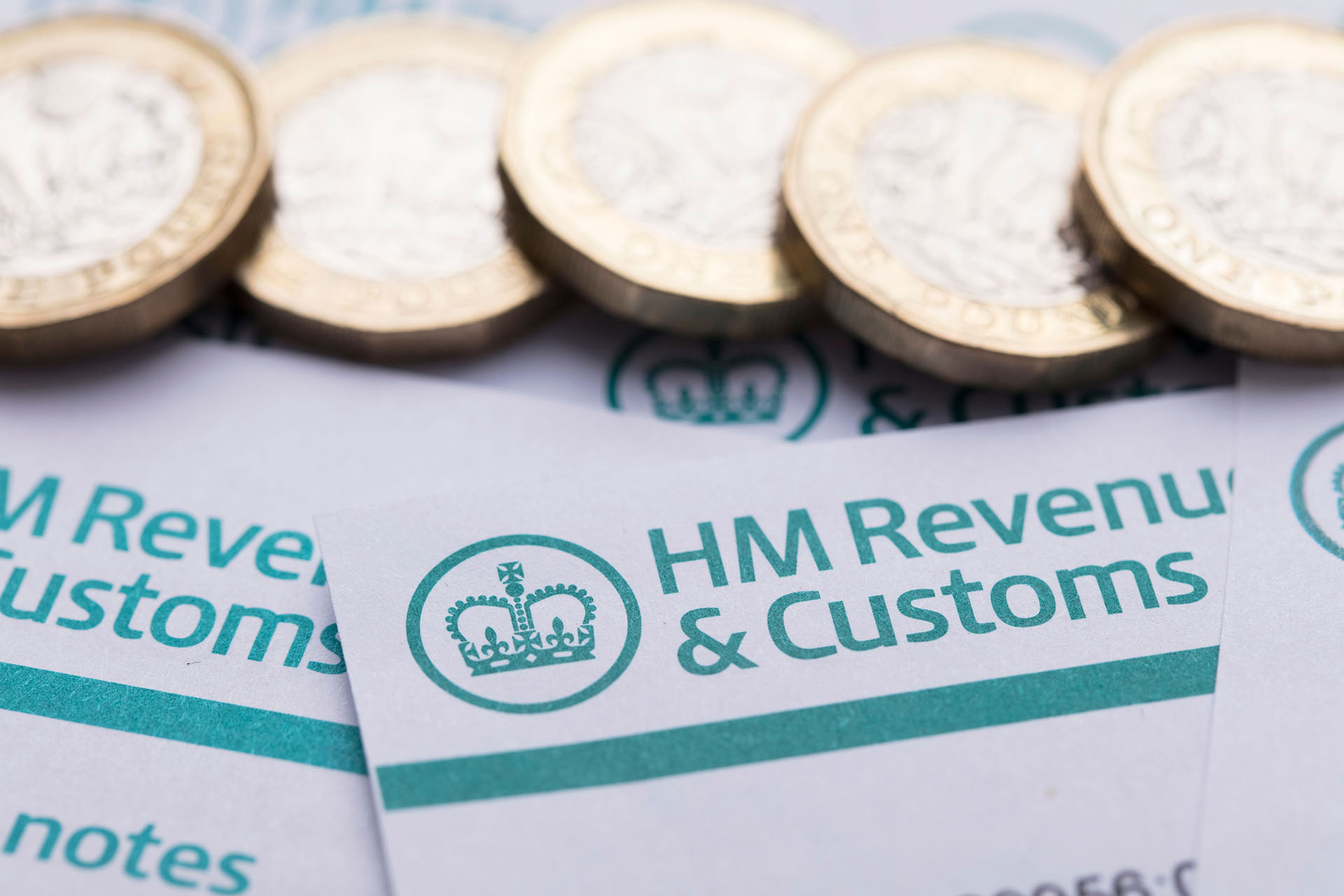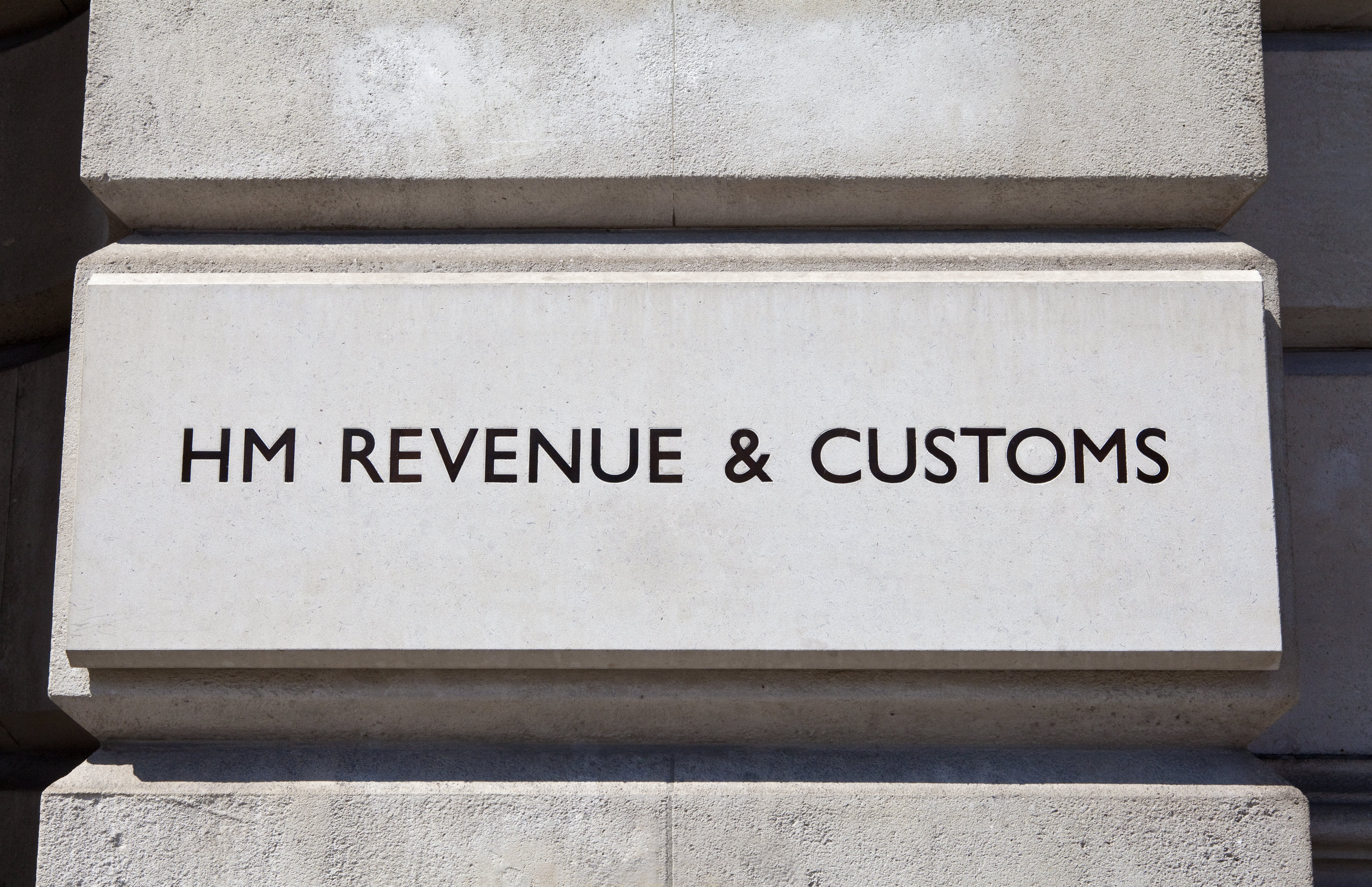
Open fast find
Close fast find
How to avoid capital gains tax: key considerations and strategies
If you’ve recently sold – or plan on selling – certain assets, such as shares, business assets or property, you may be aware of the potential impact that capital gains tax (CGT) can have on your earnings.
In the UK, CGT has a number of different rates and rules, and understanding these can be crucial to minimise, and even fully negate, the amount of tax due on your capital gains.
In this article, we offer an insight into some of the key strategies individuals can follow to mitigate capital gains tax bills – and potentially avoid them entirely – following the sale of certain assets.
What is capital gains tax?
Capital gains tax is a levy due on any profit realised after disposing of certain assets. Disposing of an asset is classed as selling it, giving it away as a gift to anyone other than your spouse or a charity, swapping it for something else, or receiving compensation for it (such as an insurance payout if the asset has been lost or destroyed).
Since the 2024 autumn budget CGT increases, the rates are simple to understand. There are two main rates of capital gains tax now in the UK: 18% and 24%. The relevant rate depends on which income tax bracket you fall into and which type of asset you’re reporting a capital gain on.
|
Tax bracket |
Income range | CGT rate on assets | CGT rate on property | ||
| Basic rate | 312,571 to £50,270 | 18% | 18% | ||
| Higher rate | £50,721 to 125,139 | 24% | 24% | ||
| Additional rate | Over £125,140 | 24% | 24% |
You are only liable to pay capital gains tax if your gains exceed the annual exempt amount (AEA) in a given tax year. In the 2022/23 tax year, this amount was £12,300, which was reduced to £6,000 in the 2023/24 tax year, and was further reduced to £3,000 for the 2024/25 tax year.
With this rapidly falling capital gains tax allowance in the UK, it can be crucial to understand the options available to reduce your CGT liability and prevent an increasing proportion of your gains from being eroded.
If you want to work out how much CGT you are liable to pay, try using a free capital gains tax calculator to help you in your financial planning. 
Below, we cover seven key considerations and strategies – from utilising tax-efficient investment schemes to managing your taxable income levels – that can help you minimise or avoid a CGT bill altogether.
How to avoid capital gains tax: seven key steps
- Consider the timing of your capital gains
- Utilise tax-efficient wrappers
- Bed and ISA, Bed and SIPP
- Make the most of any losses
- Married couples benefit from tax-free transfers
- Manage your taxable income levels
- Consider any inheritance tax implications
Considering these strategies could help you to reduce your capital gains tax liability and, ultimately, retain more of your wealth.
1. Consider the timing of your capital gains
Planning the timing of your capital gains can be a relatively simple yet effective way to ensure you maximise the benefit offered by the annual exempt amount. This is because the annual CGT allowance follows a ‘use it or lose it’ rule, meaning that you cannot carry any part of it into future tax years.
For example, by planning to realise some capital gains in one tax year and a different set of capital gains in the following tax year, you can utilise two sets of annual exempt amounts – as opposed to just one.
However, delaying a capital gain by spreading it over two tax years, such as selling half of the assets on, say, April 5 and the other half on April 6, may not be as appealing as it once was for certain investors due to the recent changes to the AEA.
Given that the AEA is being reduced by more than half, and then halved again, over the space of three tax years, it may make sense – depending on individual tax circumstances – to realise capital gains sooner rather than later to ensure an individual makes maximum use of the higher tax-free allowances.
2. Utilise tax-efficient wrappers
Among the most effective routes available in the UK to minimise capital gains tax liabilities, wrappers such as the Enterprise Investment Scheme (EIS), Seed Enterprise Investment Scheme (SEIS), Social Investment Tax Relief (SITR) and ISAs can help to ensure that your wealth is as protected as possible from being eroded by CGT.
The range of CGT reliefs offered by these different tax efficient wrappers include the following:
- Disposal relief: Receive any investment gains via the schemes completely free from CGT.
- Deferral relief: If you invest capital gains received from the sale of any other chargeable asset into the EIS or SITR, you can defer the associated CGT bill for as long as your investment remains in the EIS or SITR.
- Reinvestment relief: If you invest capital gains from sale of any other chargeable asset into the SEIS, you can reduce the CGT due on your gain by up to half.
- Loss relief: If unexpected circumstances occur and you incur a loss on an eligible investment, you can offset this loss against your capital gains tax bill (or income tax bill).
The Enterprise Investment Scheme
The EIS is an investment scheme introduced by the UK Government and is designed to encourage venture capital investment into early-stage companies by offering investors a range of generous tax reliefs.
Specifically relating to capital gains tax, the EIS offers investors disposal relief, deferral relief and loss relief. This means that any investment gains made through the scheme are exempt from CGT, and capital gains tax bills arising from any other chargeable assets can be deferred to future tax years if the gains are reinvested into EIS-qualifying shares.
Furthermore, as investing in early-stage startups is considered a relatively high-risk investment strategy, the feature of EIS loss relief can minimise the associated downside risk by enabling investors to offset any potential losses against their capital gains tax or income tax bill. Overall, this feature can reduce the total amount of capital exposed to failure within an EIS investment.
If you would like to work out how CGT disposal and deferral could work for we have a handy EIS calculator, perfect for planning your EIS investments.
The Seed Enterprise Investment Scheme
The SEIS focuses on venture capital investment into relatively earlier-stage companies than the EIS and, again, offers investors a range of generous tax benefits in return for their investment.
Amongst other tax reliefs relating to income tax and inheritance tax, the SEIS can provide investors with CGT disposal relief and loss relief and also offers the comparatively more generous feature of reinvestment relief (as opposed to EIS deferral relief).
Reinvestment relief enables SEIS investors to reduce capital gains tax due on other chargeable assets if they decide to allocate the related capital gain into SEIS-eligible shares. This is a highly powerful feature of the scheme that could save an investor up to £28,000 in the 2024/25 tax year.
For example: If a higher or additional rate income taxpayer who has fully utilised their AEA has sold a property (other than their first home) and realised a capital gain of £200,000, they would usually be subject to pay a CGT bill of £56,000 (CGT charged at 28%). However, should the individual reinvest the full sum of their gain into SEIS-qualifying shares, the liability could be reduced by 50%, ultimately preventing £28,000 from being taxed.
Social Investment Tax Relief
Social Investment Tax Relief offers investors in community interest companies and/or certain charities a number of tax benefits, including capital gains tax disposal relief and deferral relief on their shares in qualifying enterprises.
ISAs
Probably one of the most well-known tax-efficient investment vehicles in the UK, ISAs (Individual Savings Accounts) can offer tax-free investment growth; all returns earned through the wrapper are free from capital gains tax.
However, ISAs do not offer any other CGT-focused reliefs, such as those offered by the EIS, SEIS and SITR. ISAs are often associated with a lower level of risk as the businesses you can invest into via a Stocks and Shares ISA, for example, are often later-stage, publicly-traded companies.
Whilst the benefits of utilising tax-efficient schemes have always been recognised, especially from a capital gains tax perspective, their importance is becoming even more prominent in the 2024/25 tax year and beyond. This is largely due to falling CGT allowances and record tax revenue expected to be collected by the UK Government. If you decide to explore these schemes in further detail, there is arguably no better time than now.
3. Bed and ISA, Bed and SIPP
It is possible to top up your ISA and/or SIPP (Self-Invested Personal Pension) with any proceeds from the sale of existing investments – rather than with new capital – in a two-step operation known as ‘Bed and ISA’ or ‘Bed and SIPP’, respectively.
Although the initial sale would use up your annual CGT allowance, funding unused pension or ISA allowances with this capital would subsequently mean your investments are moved to a more tax-advantageous position.
You may even earn tax relief on this capital as it will count as part of your annual tax-free pension allowance, which is capped at 100% of your gross earnings (up to a maximum £40,000) but can be carried forward for three tax years.
It is important to note that the rules around Bed and ISAs and Bed and SIPPs can be complicated, so investors should consider speaking to their financial adviser in the first instance.
4. Make the most of your losses
If unexpected events occur and you end up making a loss on an investment, you can use this to your advantage from a capital gains tax perspective. CGT is only charged on your net capital gains, so offsetting any capital losses against your capital gains each tax year can help to reduce the amount of tax you may owe.
Additionally, you are able to carry forward capital losses on your investments through to future tax years. This means that, if you make a loss one year, you could plan ahead and consider whether this may be most effective to carry to the following tax year.
5. Tax free transfers to your spouse
Transferring assets to a spouse or civil partner can help to reduce a CGT bill by sharing the financial gain. This route can be particularly effective if one partner is in a lower income tax bracket, or hasn’t fully used up their annual CGT allowance.
Transfers between spouses and civil partners are also usually tax-free. Furthermore, as every individual has their own CGT allowance (£3,000 for 2024/25), a married couple could realise tax-free capital gains of up to double the annual exempt amount.
6. Manage taxable income levels
Since the rate at which you pay CGT is dependent on your income tax band, managing your taxable income levels could be directly beneficial for managing your capital gains tax bill.
Two potential methods you could use to reduce your taxable income include contributing more to your pension and/or making charitable donations. Furthermore, if you’re a higher-rate income taxpayer and your spouse pays a lower rate of income tax than you, it is possible to reduce the rate of CGT due on an asset from 24% to 18% – depending on the asset type – by transferring your capital gain to your partner.
7. Consider inheritance tax implications
It is important to bear in mind that inheritance tax can pose a further burden, potentially causing your capital gain to be taxed twice.
Selling assets later in life could attract a CGT bill, meaning that you pay anywhere between 10% and 28% on the gain. Furthermore, upon your passing, your beneficiaries could be subject to pay 40% inheritance tax if the total value of your estate exceeds £325,000. The asset you sold later in life would be included in this total and could effectively mean paying tax on the same asset twice.
In turn, timing the sale of assets in later life may prove a key consideration for individuals looking to avoid unnecessary capital gains tax bills.
Please note that this article does not constitute tax or legal advice. It is important to consult your financial adviser with regards to any form of estate planning.
A guide to capital gains tax
Whilst capital gains tax can significantly reduce the value of your investment returns and overall wealth, the strategies outlined above can help to minimise existing CGT liabilities, as well as prevent future CGT bills.
By understanding the CGT rules and taking the relevant aforementioned proactive steps to protect your gains, you can help to ensure that you retain as much of your wealth as possible.
Capital gains tax is a complicated subject to understand, therefore it can be beneficial to consult a financial advisor who can help you navigate the process and explain how to avoid paying CGT unnecessarily.
Additionally, carrying out your own research may help you gain a better understanding of the rules and regulations involved with CGT. For example, GCV's free guide to capital gains tax could prove a useful resource to consult when understanding the options available to reduce an existing or future CGT bill.
%20(3)%20(2).jpg)











